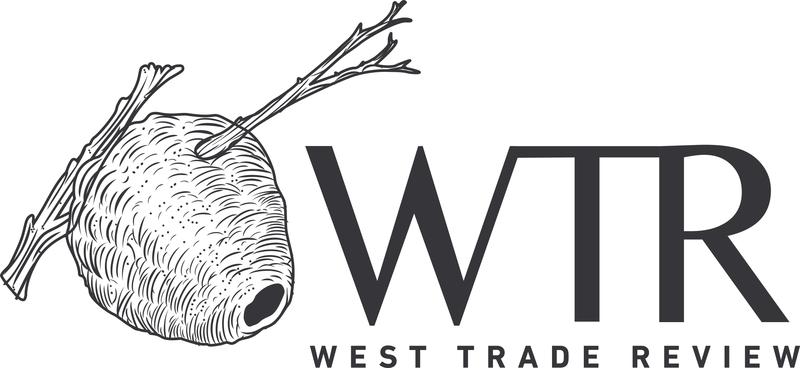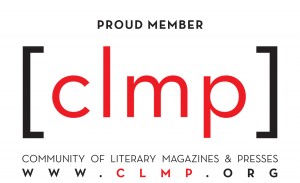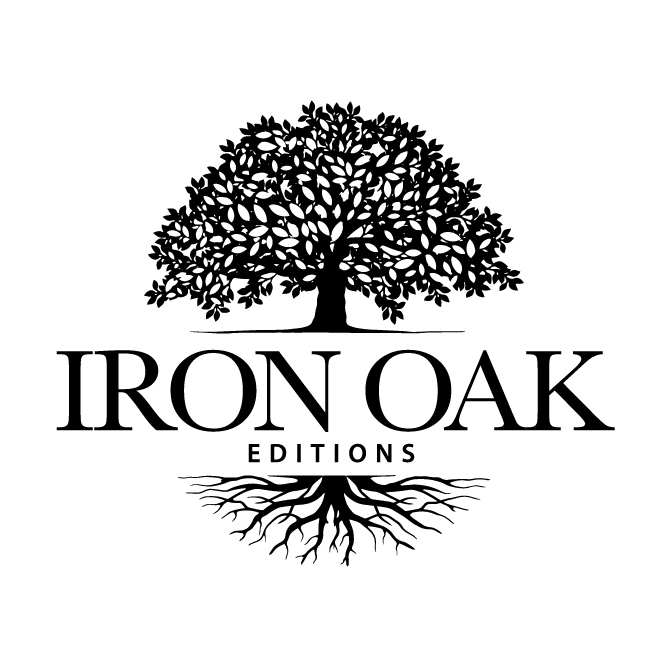by Melissa Goodnight
October 15, 2024
Melissa Goodnight's work has appeared in Moon City Review, Mud Season Review, and Litro, among others. Melissa earned a BA from Missouri State University, an MA from the University of North Carolina at Charlotte, and an MFA from Mississippi University for Women. She lives in Atlanta.
An Image of My Name Enters America by Lucy Ives; Graywolf; 301 pages; $20.00.
Lucy Ives’ essay collection An Image of My Name Enters America is a ruminating look at the paradoxes of life through our shared history and culture. Through an absorbing patchwork of observation of the public and the private, Ives bears witness to the razor thin space that lives in between. Part memoir and part criticism, she successfully excavates emotion and connection through this dual lens while unearthing postmodern ideals on love and belonging, resulting in five interrelated essays that are often dense but ultimately profound.
Along with, or perhaps because of, her obsessions—obsessions ranging from My Little Pony to the disputed theories of French philosophy—Ives showcases her masterful range as a storyteller by examining modern pop culture and historical philosophy in a witty and accessible way. Who knew I could enjoy a book with quotes from Jacques Derrida alongside Disney’s The Little Mermaid?
At the start of the collection, Ives introduces readers to her pregnancy in the essay, “Of Unicorns.” In this essay, she begins to ponder what it means to be born into this world. After internalizing the questions, she turns to her midwife for answers. She asks questions that are both relatable and intriguing like, what will her son remember from his time in utero and what will he bring with him from that world into this one? While her midwife works to alleviate her “hyperbolic anxieties,” as Ives calls it, the idea of living in two separate but connected worlds begins to settle into my mind like a tick burrowing into my skin.
Throughout the rest of the essays Ives lets those questions of time and space and the subliminal effects of memory fester, while she works to unearth the ways in which she was introduced to this world with one of her earliest childhood memories which happens to be of playing with My Little Ponies. As an elder millennial myself, I too was fascinated by those smooth, playful ponies. But unlike Ives, I’d never considered their effect on my subconscious and the ways in which the toys, books, and movies of my childhood shaped my identity. I was eager and ultimately grateful with her take:
“It was from My Little Ponies that I first learned of unicorns. I got the idea of an adorable outline, a particular prettiness. This unicorn had a swirled spike, a bit like a third eye. Far from terrifying me, her protuberance emphasized the soft bluntness of her muzzle. She led with her forehead, flirtily butting the air. She must hold her head up high, for the tip of her horn seems lighter than the atmosphere, attracted to rainbows and puffy clouds. The tip is tiny, dainty. Obesity is impossible for the unicorn pony. Roughness is impossible. She is sleek, infinitely sleek. She is sleeker than water, for only my eye touches her outline. She is a slip, luscious as a basking fetus, supple as a cupid.”
In the four consecutive essays that follow, all different in scope but alike in tone and texture, Ives creates sharply-focused vignettes taken from pivotal moments in her life and juxtaposes them with factual, often despondent moments in history like in the collection’s title essay, “An Image of My Name Enters America.” In this essay Ives learns the origins of her last name, which leads her on a journey of self-discovery with more questions to unpack. Along this journey she manages to seamlessly weave in the exquisiteness of the Metropolitan Museum of Art’s Period Rooms as well as the ideas of extreme fundamentalism, and including somehow, "American Beauty," an essay she wrote in college, the early life of Virginia Woolf, and Assyrian Genocide.
My favorite essay in this collection is titled, “The End,” though it is not the final essay but a meaty second-to-last essay that dives into the philosophy of language and its impact on our lives, our culture, and our individual and shared identities. It sustains such a high level of discourse throughout that you might recall your own linguistics professor who made you look at an image of a tree and decipher how the image and the word “tree” worked together in your mind’s eye. What made it a tree? Why is it called a tree? Which came first, the chicken or the egg?
The age-old chicken or egg question is one that Ives also ruminates on near the image of her own professor’s “tree.” The tree image is the last of only three images Ives shares but these images seem important to note given the title of the collection and the notion that imagery, language, space, and time represent so much of our identity, collective and otherwise.
The previous images both come in the title essay. The first is an image of Ives surname circa 1921, and it is the first time she recalls seeing her name in history. The second image that closely follows is a newspaper clipping also from 1921. It’s from the New York Times, and it concerns the arrival of 75,000 Assyrian Christians fleeing religious persecution. The article questions whether the 50,000 refugees (25,000 refugees died on the journey) will be admitted to the United States given their Persian decent and the limits enacted by our country’s immigration law. In this essay, Ives is asking us to consider the real-life implications of our language and ultimately showing how imagery and language create very real feelings and consequences. These images effectively lend themselves to understanding Ives’ journey, but more than that, they’re pivotal for witnessing our deeply-rooted collective trauma, and they reminded me how important work like this is. This is also the essay when we learn of Ives struggle with mental illness, her risky adolescent behavior, and because this collection continues to give the truly unexpected but supremely connected (burrow, burrow, burrow), we also learn about the critic Barbara Johnson (another of Ives’ existential college professors) and Johnson’s impeccable assertion of language, learning, and life that seems to me to be the starting point of which Ives’ rumination began:
“Thus Johnson produces a reading the implications of which are at once philosophical, literary, and meaningfully directed to unequivocally pragmatic political questions unfolding in the present. Johnson shows, contra Rorty, that you do not have to choose between public and private life—because you can’t. For it is precisely when and where language ceases to make sense (except to a select group), when and where it ceases to be something we can describe as universal, when and where it becomes undecidable and thus a matter of life and death, that it is, simultaneously, a matter for urgent public discussion.”
It turns out the tick was never attempting to burrow into my skin, it’s only goal was to feast on my blood, but by the time I figured that out she had already exploded.
Ultimately this is a book that I truly feel better for having read. I may not be able to wax intellectual on the psychoanalytical debates of romantic love or pinpoint my own transhistorical emergence into this world, but these ideas are now embedded into my brain and my heart and will live forever in the crevices.
I recommend this book to those who want to feel connected to the larger world, make meaning of memories, and who are willing and able to dive into the depths of political, sociological, and historical philosophies with an open and curious heart.
__________________________________________________________________________________________________________________________________________________________________________
__________________________________________________________________________________________________________________________________________________________________________
__________________________________________________________________________________________________________________________________________________________________________
__________________________________________________________________________________________________________________________________________________________________________
Part of Your World: Examining Shared Humanity in Lucy Ives's An Image of My Name Enters America
FICTION REVIEW
__________________________________________________________________________________________________________________________________________________________________________
© 2024 Iron Oak Editions
Stay Connected to Our Literary Community. Subscribe to Our Newsletter
Image by Perry Wunderlich from Pexels





